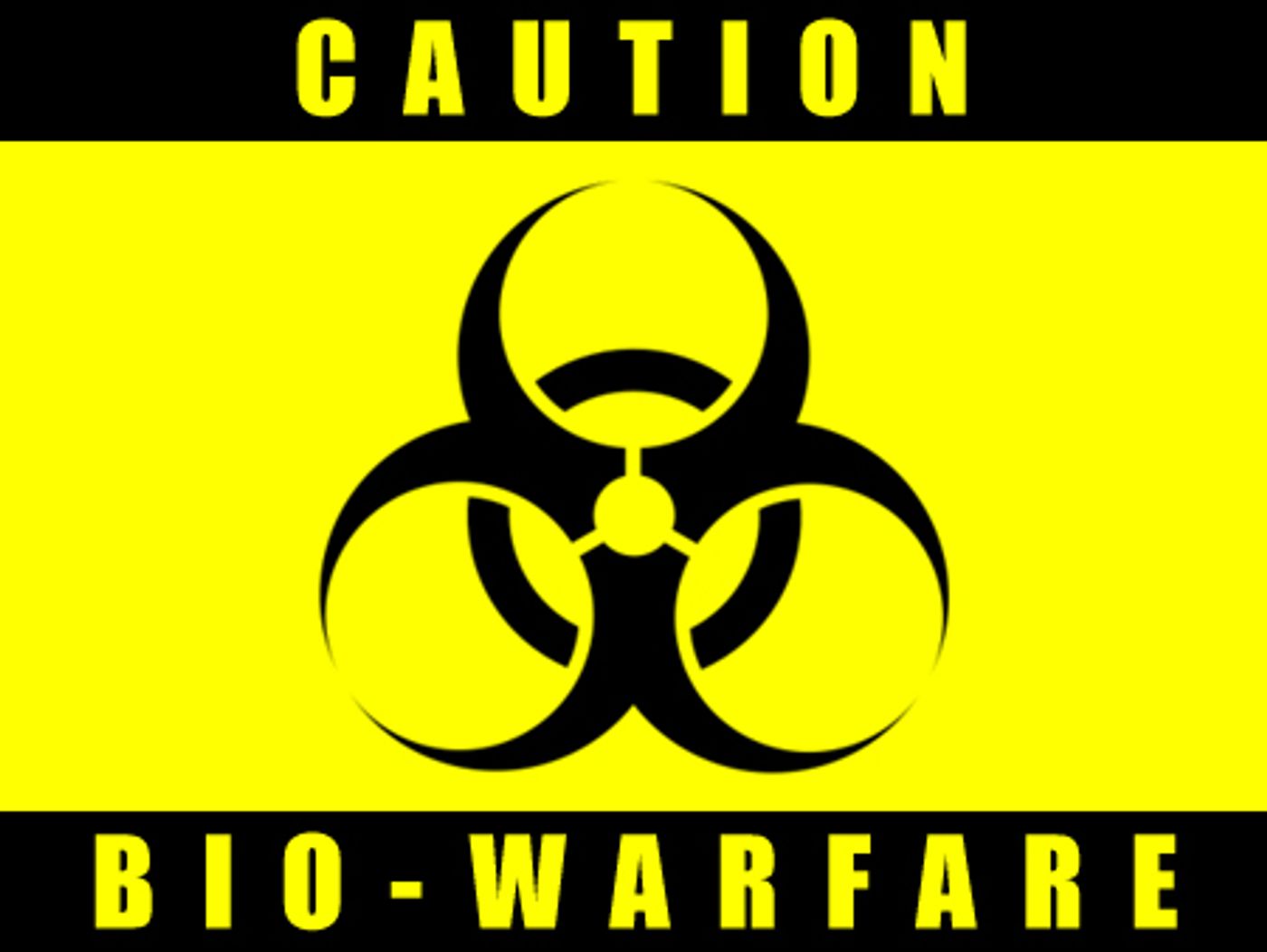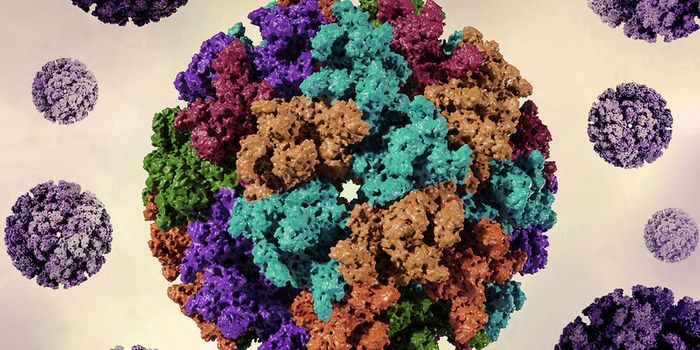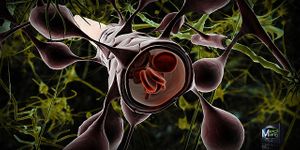It’s now possible to sequence DNA from samples of irradiated bacteria, making it simpler and safer to identify potential bio-terror agents.
The CDC defines bioterrorism as “the deliberate release of viruses, bacteria, or other germs (agents) used to cause illness or death in people, animals, or plants”. Likely one of the most well-known bioterror agents is
Bacillus anthracis, the causative agent of anthrax.
B. anthracis is a Gram-positive rod that lives in the soil.
Bacillus species form spores that can remain viable for decades and are easily aerosolized as bioterror agents.
B. anthracis also produces a capsule and toxin that contribute to its virulence. The capsule protects the bacteria from complement and phagocytosis, while the toxin kills immune cells.
While it usually only causes disease in cattle,
B. anthracis readily infects humans when given the chance. Cutaneous anthrax results when bacteria or spores enter through a cut in the skin, resulting in necrotic ulcers and septicemia. Inhalation anthrax, commonly associated with bioterrorism, causes acute chest pain and fever, followed by systemic hemorrhaging.
To minimize the risk of a bioterror attack, mail sent to certain government officials is irradiated to kill anthrax spores and other agents. The problem is that irradiation fragments DNA, making it difficult to sequence and identify a bioterror agent. However, researchers at the US Army Edgewood Chemical Biological Center have optimized shotgun sequencing to piece together full sequences of DNA from irradiated bacteria.
The group irradiated
B. atrophaeus spore (a non-pathogenic relative of
B. anthracis) along with cells of Yersinia pestis. In each strain, the irradiated sequences matched controls, indicating that the group successfully sequenced and pieced together the irradiated DNA fragments.
According to study author Henry Gibbons, "rapid sequencing of irradiated materials from a biocrime would allow quick characterization of the material". Such information could help investigators track down those responsible for the crime.
Sources:
Science Daily,
Applied and Environmental Microbiology,
CDC,
Textbook of Bacteriology,
Wikipedia








